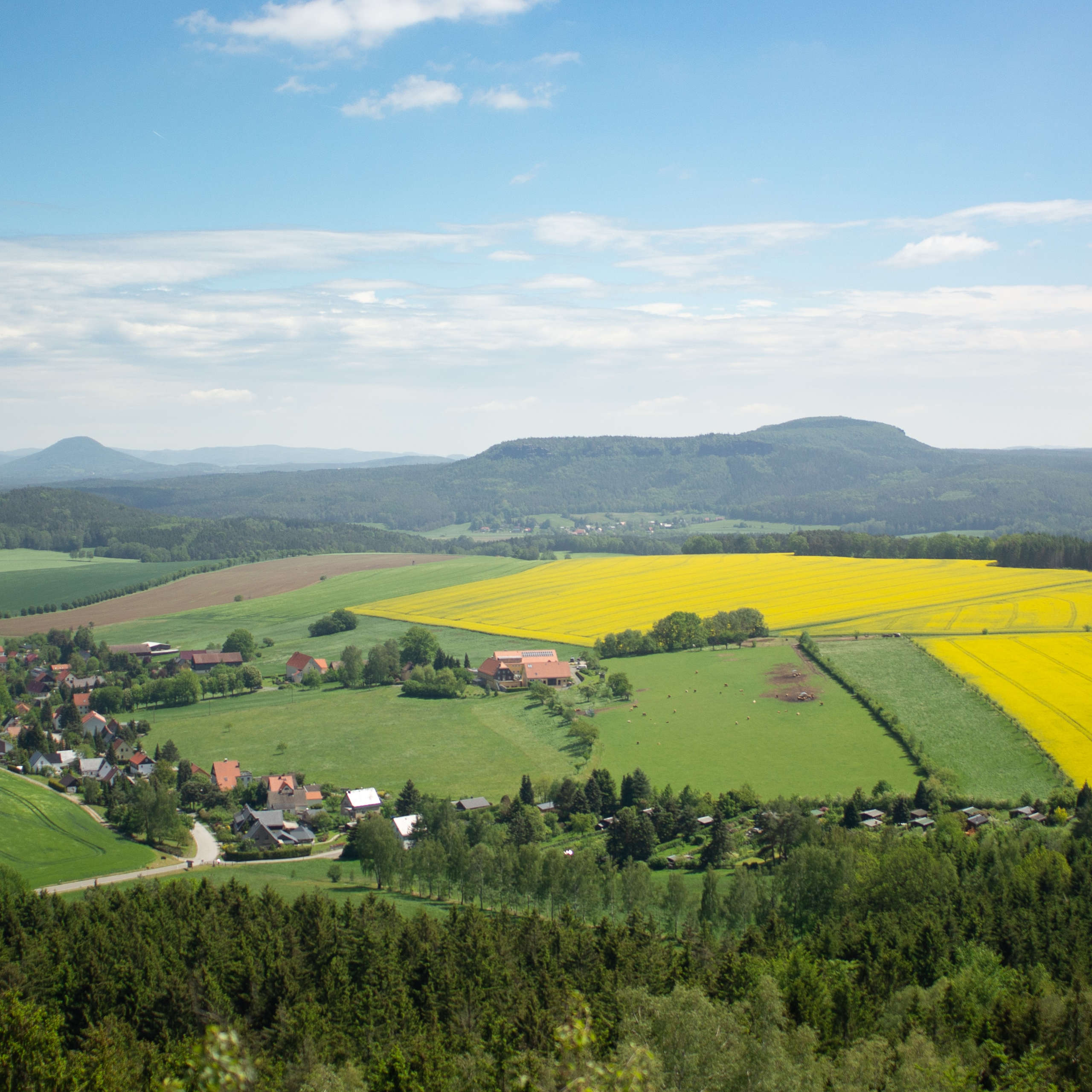Questions?
The DLegal team is here to support. We will do our best to assist or connect you with those who can help.
Send Us a MessageWhat You Need to Know About Legal Land Descriptions

If you’re planning on buying or selling property in Alberta, you will need to know the legal land description. Legal land descriptions are essential to real estate transactions, as they identify the exact location of the property you’re buying or selling.
It’s important to note that while a street address might be helpful, it doesn’t provide nearly enough information for legal purposes. Rather, the legal land description pinpoints the precise location, size, and shape of the land, including any improvements made to it.
Whether you’re a developer, a potential buyer, or a current landowner, knowing the legal land description is essential to any real estate transaction. Legal land descriptions can help determine property boundaries and access rights, impacting your ability to use the land as intended. The legal land description can also be used to settle legal disputes or clarify property rights.
If you’re looking to locate a legal land description in Alberta, a qualified real estate lawyer can help provide guidance. They’ll be able to help you identify your property’s precise location using the Alberta Township System and can provide assistance with any paperwork related to your transaction.
A legal land description (LLD) is a system used to refer to and describe parcels of land in the province. Any parcel of land in Alberta can be located by its legal land description.
Legal land descriptions are based on the Alberta Township Survey (ATS) system, built on information from the 1870 Dominion Land Survey. The ATS is a grid network dividing the province into equal-sized parcels of land, which are reflected in a set of coordinates that accurately define the boundaries of a particular piece of land and look something like 5-25-W4M or 6-19-20-NW.
These numbers and letters refer to the Meridian, Township, Range, Section, Quarter Sections and Legal Subsections where the property is located. In Alberta, there are four meridians referred to as 4th, 5th, 6th, and 7th Meridians – these run from east to west across the entire province.
According to the provincial website, the rest of the components are described as follows:
Using this land survey system, any piece of Alberta can be accurately described and easily located on a map or aerial photo. However, it is also essential to keep in mind that legal land descriptions may vary depending on where one is located. For example, rural areas often use different systems than urban ones so it is best practice to be familiar with the local area’s system prior to any real estate transactions.
Finding the legal land description of a parcel of land in Alberta can be done using various methods. One way to do this is to search for it on the Land Titles office website, where individuals can enter in their address and view the related legal land descriptions. Individuals may also contact their local municipality or county office as they often keep records of such information. Another method is to consult with a real estate lawyer who will be able to provide more detailed advice and assistance when it comes to deciphering the legal land description.
Finally, individuals can gain access to maps that provide a visual representation of their property and its associated legal description. These maps can typically be purchased at county offices or local government stores or found on the Internet; and are an excellent resource for prospective buyers as they give an accurate picture of boundaries, features, road access, and other essential details that could affect the value of the land.
A Land Title Document is the official record of a property’s ownership. It contains information such as legal land description, size of the parcel, names of current owners, and any liens or encumbrances against the title. It also includes details about zoning, whether building permits have been obtained for any improvements on the property, and any existing mortgages. This document is essential when buying, selling, or transferring ownership of real estate in Alberta.
By using this knowledge, individuals will be better equipped to make informed decisions when buying land in Alberta. Understanding Legal Land Descriptions is an essential part of real estate transactions, and being aware of one’s rights and responsibilities when it comes to them can help make sure there are no surprises along the way. With this information, buyers can be confident they have done their due diligence when purchasing a property in Alberta.
If you have any further questions or concerns, our team is more than happy to help – just get in touch to get started today. DLegal real estate lawyers assist with property matters regardless of your type of real estate. We look forward to working with you soon.
The DLegal team is here to support. We will do our best to assist or connect you with those who can help.
Send Us a MessageSubscribe to our Newsletter to Stay Updated on Legal News